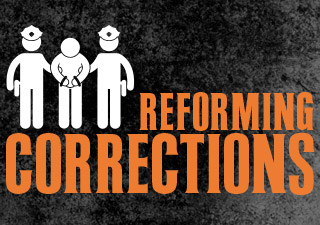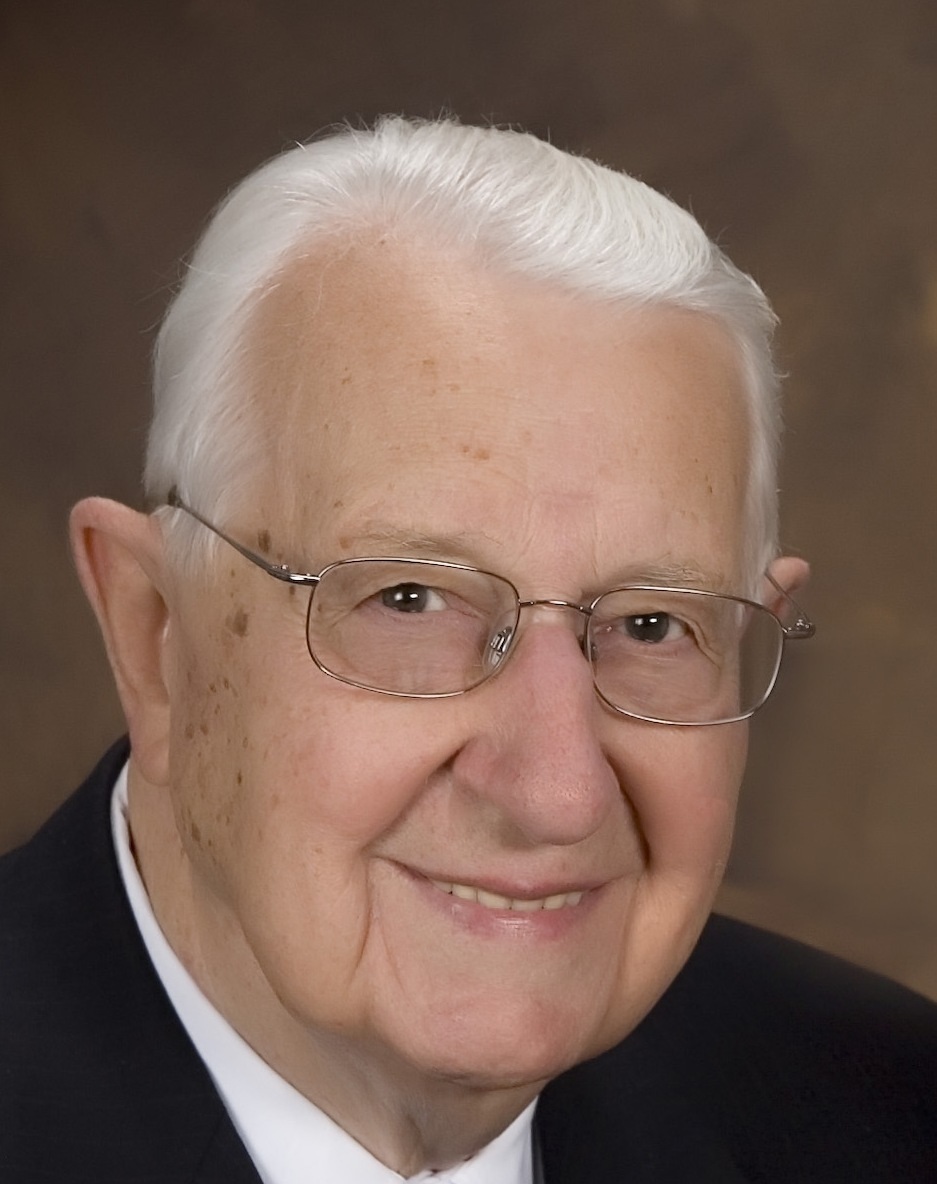Commentary

Commonsense Can Correct Corrections
Kyle, a convicted burglar sentenced to 1-3 years in Pennsylvania state prison, was granted parole in June 2011, but spent an extra 100 days in jail, not because he failed to serve time for his crime, but because he couldn’t pay an administrative fine. According to the Department of Corrections, his due was $13.70.
For the grand sum of $13.70, Kyle was kept incarcerated, preventing him from rejoining his 4-year old daughter and the workforce that could help pay his fine. Costing taxpayers more than 100 times what he owed this bureaucratic nightmare is but one symptom of an ailing system that begs to be cured by commonsense reform.
Over the past 30 years, Pennsylvania’s incarceration rate exploded by more than 500 percent to more than 50,000 inmates, requiring the construction of 18 new prisons at a cost of $200 million and millions more annually to maintain. As a result, spending on the Pennsylvania Department of Corrections grew 1,700 percent. At a cost of $35,000 per inmate per year, it is not a stretch to say taxpayers have been ill served by a system that locks up more people for longer periods, but fails to deter future crimes.
| Governor Leader | Matt Brouillette |
 |
 |
Despite this substantial investment, research demonstrates that imprisonment in state prisons does not make offenders less likely to commit crimes after release, and may even make them more likely to do so. In fact, nearly 45 percent of Pennsylvania parolees return to prison within three years, making for a “corrections” system that simply isn’t correcting enough.
Ultimately, this unprecedented prison population growth was not caused by an increase in crime, but by a bureaucratic breakdown in our criminal justice system. In contrast to Pennsylvania, several states with a variety of political leanings, including New York, Florida, Texas and Hawaii, have significantly reduced both their crime and imprisonment rate over the past decade.
Some of these proven reforms require basic improvements in system efficiency. Currently, a Pennsylvania offender already granted parole serves, on average, an additional 101 days in prison. Based on average costs, taxpayers spend an extra $9,000 per inmate for this needless layover, while preventing parolees from rejoining their families and the workforce at untold costs.
Simple improvements would ensure these wasteful costs need not be borne by taxpayers and inmates in Pennsylvania. Tightening up the process of parole hearings to ensure inmates likely to be paroled are considered first, better managing drug and alcohol treatment waiting lists, and allowing inmates to pay minor fines when they can get a job outside of the prison walls would shorten these costly extra stays.
Moreover, policy changes through legislative reform need to keep low-risk cases out of prison and implement less expensive, more effective sentences. By allowing risk assessment prior to sentencing, judges and prosecutors can identify cases that would be better managed in alternative options outside of prison.
These alternative options, like electronic monitoring, have proven to be less expensive and more effective for nonviolent offenders. A Florida study found offenders on GPS monitoring were 31 percent less likely to return to prison, a statistical shift that would save Pennsylvania millions over time.
Furthermore, drug, veteran and mental health courts allow intensive judicial oversight of offenders, thus identifying those who need prison time and those who are better served with treatment and regular supervision. Several Pennsylvania counties already utilize drug and mental health courts, and expanding these problem-solving courts statewide would better remediate offenders and deter future crime.
Paramount to any successful reform, correction changes should reduce the number of individuals returning to prison after release. Graduated sanctions, where technical probation violations (not new crimes) are met with a swift and certain response – such as stricter reporting requirements, a curfew, or even a night in jail – have reduced the number of positive drug screenings and new arrests according to research submitted to the National Institute of Justice.
In Hawaii’s Opportunity Probation with Enforcement (HOPE) model, drug offenders must make a phone call to officials every morning to see if they have to report to the court to take a drug test. If they fail, they are immediately jailed for a few days and can ultimately be imprisoned for multiple failures. HOPE reduced positive drug screens by more than 70 percent and cut both revocations and new arrests in half.
Reforming our state corrections system is not being soft on crime – it’s being smart on crime. By doing so, we can ensure those like Kyle are not only punished for their crimes, but are able to pay back society by being a productive, permanent part of it.
###
George M. Leader, the 38th Governor of Pennsylvania and Matthew J. Brouillette, president & CEO of the Commonwealth Foundation, are two members of a trans-partisan coalition pushing for “Real Corrections Reform, Right Now.” Parolee name has been changed to respect individual privacy. Learn more at CommonwealthFoundation.org/Justice.